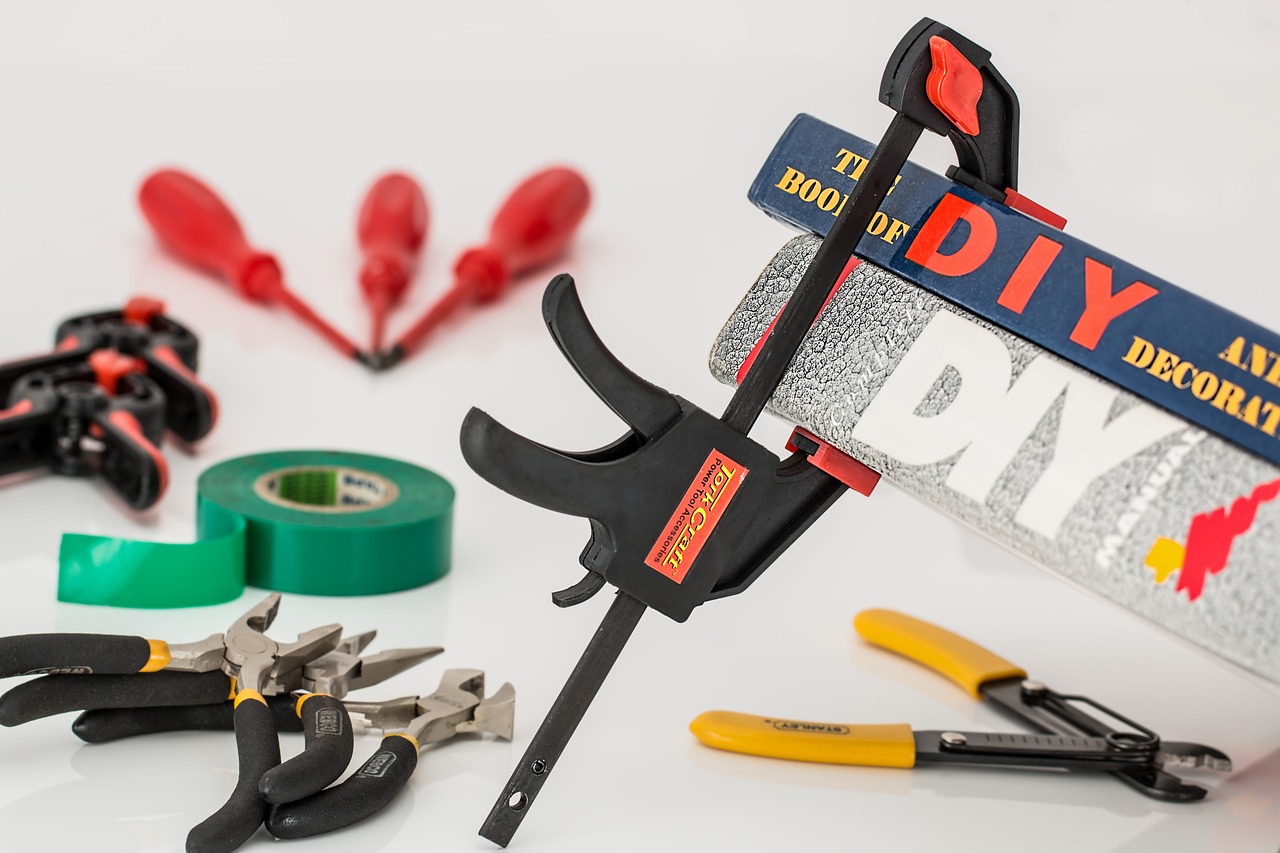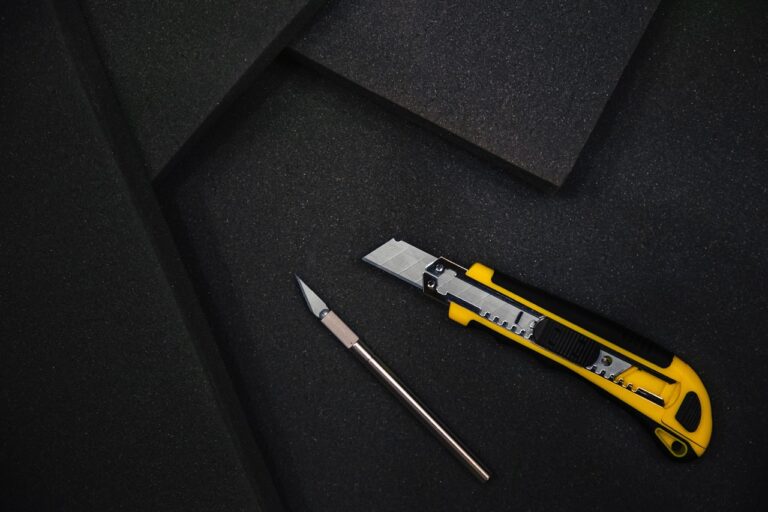DIY Plant Propagation Techniques: Growing New Plants from Cuttings and Seeds
The process of plant propagation involves creating new plants from existing ones. This can be achieved through various methods such as seed germination, stem cuttings, and root division. Each method has its own requirements and benefits, but all aim to produce healthy and robust plants.
Propagation is an essential skill for gardeners and plant enthusiasts to expand their plant collection and preserve specific plant varieties. By mastering different propagation techniques, individuals can ensure the continuity of their favorite plants and even share them with others. Whether for personal enjoyment or to contribute to the environment, plant propagation is a rewarding practice that promotes green living.
Benefits of propagating plants from cuttings and seeds
One of the primary benefits of propagating plants from cuttings and seeds is the ability to create exact replicas of the parent plant. By using cuttings or seeds, you can ensure that the new plants will inherit the same characteristics, such as flower color, fruit size, or growth habits. This method avoids the genetic variability that can occur from other propagation techniques like grafting.
Moreover, propagating plants from cuttings and seeds can be a cost-effective way to expand your garden or landscape. Instead of purchasing new plants, you can simply propagate your existing ones to increase the number of plants in your collection. This not only saves money but also allows you to share your favorite plants with friends and family, fostering a sense of community and connection through gardening.
Types of plant propagation techniques
Plant propagation techniques are classified into two main categories: sexual and asexual propagation. Sexual propagation involves the use of seeds to grow new plants. This method allows for genetic variation and diversity in the offspring. It is commonly used for plants that produce seeds, such as vegetables, fruits, and flowers.
Asexual propagation, on the other hand, does not involve seeds and is done through methods like stem cuttings, division, layering, and grafting. Asexual propagation results in offspring that are genetically identical to the parent plant. This technique is often preferred for plants that do not produce seeds or when you want to replicate specific traits of a plant.
Sexual propagation involves the use of seeds to grow new plants
Allows for genetic variation and diversity in offspring
Commonly used for plants that produce seeds such as vegetables, fruits, and flowers
Asexual propagation does not involve seeds
Methods include stem cuttings, division, layering, and grafting
Results in offspring that are genetically identical to parent plant
Preferred for plants that do not produce seeds or when replicating specific traits
What is plant propagation?
Plant propagation is the process of creating new plants from existing ones. This can be done through various techniques such as cuttings, seeds, division, and layering.
What are the benefits of propagating plants from cuttings and seeds?
Propagating plants from cuttings and seeds allows you to create exact replicas of your favorite plants, maintain genetic diversity, and save money on purchasing new plants.
What are the different types of plant propagation techniques?
The main types of plant propagation techniques include stem cuttings, leaf cuttings, root cuttings, layering, division, and seed propagation. Each technique has its own advantages and is suitable for different types of plants.
How do I know which propagation technique to use for a specific plant?
The best propagation technique to use will depend on the type of plant you are trying to propagate. Researching the specific plant species and its preferred propagation method is recommended before attempting to propagate it.
Can I propagate plants year-round?
While some plants can be propagated year-round, most plants have specific times of the year when they are best suited for propagation. It is important to research the specific plant species and its ideal propagation time before attempting to propagate.







